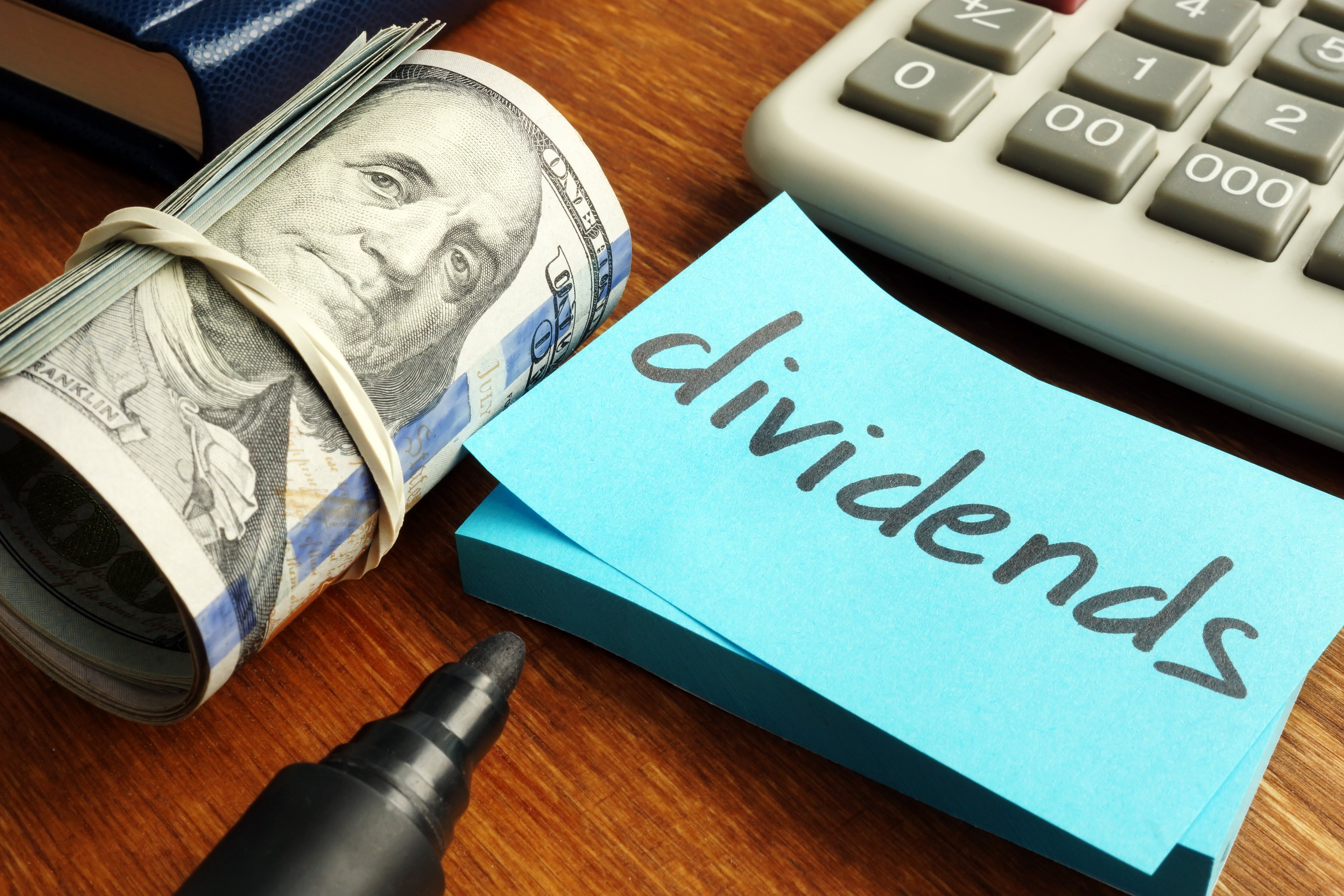Is it time to add more exposure to dividend stocks? The market doesn't seem to think so. While it's performed well enough since 2022's bear market ended in October of that year, the Vanguard Dividend Appreciation ETF (VIG 0.16%) has clearly underperformed the S&P 500 (^GSPC 0.14%) between then and now. And that's adding any reinvested dividends paid in the meantime into the mix.
With the global economy as well as the market itself seemingly taking on a different tone right now, have dividend-focused funds like VIG become a more compelling buy?
Actually, they have. Here's the deal.
Time for change
It's no real surprise that dividend payers have lagged the broad market. A handful of growth technology stocks with a presence in the artificial intelligence business have been investors' favorite names for over a couple of years now, even at the expense of dividend stocks and value stocks (which often overlap). Interest rates have edged higher since then as well, adjusting dividend yields by pressuring dividend stock prices lower. It's not exactly been an ideal environment for these tickers.
As the old adage goes, though, nothing lasts forever. The winds of cyclical change seem to be blowing.
That's how Morningstar analyst David Sekera feels, anyway. Based on the extreme valuation disparity between growth stocks and value stocks right now, in Morningstar's recently published Q3 2025 outlook he notes: "Not only are value stocks undervalued on an absolute basis, but they also remain near some of the most undervalued levels relative to the broad market over the past 15 years. In a market that is becoming overvalued, we see value in the relatively higher dividend yields found in the value category."

Image source: Getty Images.
And Sekera isn't alone. Research from JPMorgan Asset Management's analysts posted late last year plainly states "the [global] outlook for dividends is now stronger than at any point in recent history." Specifically citing historically low payout ratios, the report goes on to say "global equities are now on the cusp of a remarkable period of dividend growth, with not just a cyclical upswing in payouts, but structurally higher dividend momentum. Over the last 20 years, global dividend per share have grown at 5.6% annual rate but looking forward, our analysts forecast this to accelerate to 7.6%."
The underlying scenario isn't quite as extreme within the U.S. market that supplies the Vanguard Dividend Appreciation ETF with its constituents. But the domestic situation is still leaning in the same direction as the rest of the world's.
Always good, but even better right now
So what exactly is the Vanguard Dividend Appreciation ETF? Just as the name suggests, it's a fund largely purposed to produce reliable dividend growth.
Based on the S&P U.S. Dividend Growers Index, this ETF owns the United States' highest-yielding stocks with a minimum of 10 consecutive years of annual dividend growth. It throws out the 25% of eligible tickers with the very highest yields, however, since high yields are often the result of a poorly performing stock -- a stock that's usually performing poorly for a reason. The end result is 337 stocks with an average trailing dividend yield of just under 1.7%.

NYSEMKT: VIG
Key Data Points
That's not huge; you can certainly find bigger yields than that. But again, that's not the chief goal of this fund. The Vanguard Dividend Appreciation ETF is first and foremost meant to grow its payout, and it does this plenty well. June's quarterly per-share payment of $0.87 is nearly twice as much as the payment made in the comparable quarter a decade ago, for perspective. That's an annualized growth rate of just over 7%, handily outpacing inflation during that stretch.
The irony? Great dividend payers also tend to produce solid capital gains anyway.
Research performed by mutual fund company Hartford indicates that since 1973, stocks of companies with a policy of regularly raising dividend payments outperformed (on a net, dividend-reinvested basis) non-dividend payers by a factor of more than 2 to 1. Hartford's analysts conclude "corporations that consistently grow their dividends have historically exhibited strong fundamentals, solid business plans, and a deep commitment to their shareholders."
And curiously, in line with the S&P U.S. Dividend Growers Index's approach to selecting its constituents, Hartford's data digging also suggests that stocks with the very highest yields and highest payout ratios aren't actually the very best performers. This high degree of cash distribution often just isn't sustainable, dramatically undermining these stocks' values.
It's also worth mentioning that Hartford's researchers see the same low overall payout ratios that JPMorgan Asset Management's analysts see, against a backdrop of record corporate profits.
Still not for everyone, but...
But you just don't need dividends? No problem. Don't buy this ETF. As much cyclical upside as it might offer right now, if you're truly thinking long-term growth, you should probably own a true growth fund instead. And if for some reason you need a higher dividend yield right out of the gate, don't be afraid to pass on this particular ETF. VIG is more of an all-around income fund with modest risk and above-average safety (for an equity ETF, anyway).
If your long-term goal is to establish a position now that's capable of growing its dividend payments to sizable levels in the distance future, though -- particularly if you're going to be reinvesting any dividends paid in the meantime -- this is a great option. It and its underlying stocks' current prices don't fully reflect the perked-up pace of global dividend growth that JPMorgan says is in the cards.



